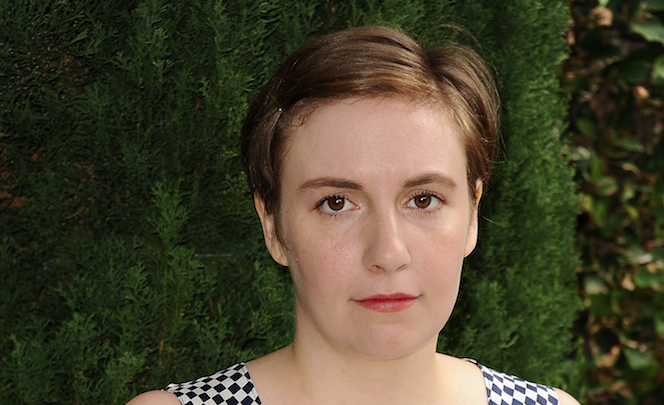When Lena Dunham Instagrammed about being in pain due to her endometriosis a couple weeks ago, many people reacted thinking, “Um, what?” Even though it reportedly affects 5 million women in the U.S., according to WomensHealth.gov, it’s not something a lot of women know about. We called board-certified reproductive endocrinologist and infertility specialist Dr. Jane Frederick to get the low-down. Related: Trying to get pregnant? 3 fertility myths What it is “It’s one of the leading causes of infertility,” Dr. Frederick says, explaining that when the fallopian tubes are blocked, the sperm and egg can’t meet. She tells us that often, infertility is the only symptom and women don’t even know they have it until they are trying to get pregnant. But experiencing painful periods is also a symptom. “It can also cause women to get cysts on their ovaries, which can burst internally and cause pain.” It’s not a sexually transmitted infection and there’s nothing you can do to put yourself at risk: it all comes down to genetics. “It’s something you’re born with,” Dr. Frederick explains. Related: These countries offer birth control without a presecription How it’s treated “I think the easiest treatment is the birth control pill, and it also often helps with eliminating the pain from periods, a common symptom of endometriosis,” says the doctor. But she recommends going through all three options with a specialist before deciding which route to go. And luckily, Dr. Frederick has found that most health insurances cover all forms of treatment. But often, it doesn’t need to be treated at all. If you aren’t having trouble getting pregnant — or aren’t trying to at all — and aren’t in any pain, there’s no harm in living with it. Getting pregnant with endometriosis Where to get help Follow Emily on Twitter: @EmLaurence
“Endometriosis is a disease that allows cells from inside the uterus to grow inside the pelvic cavity,” Dr. Frederick explains. Simply put: usually menstruation pushes cells out of the uterus, but endometriosis prevents that and can cause them to block the fallopian tubes.
Dr. Frederick tells us there are three ways to treat endometriosis. The first way is getting surgical procedure called a laparoscopy, where a telescopic camera is placed inside the pelvic organ and the aberrant cells are physically removed. The second way is by taking birth control pills. “The hormones shut down the hormones that stimulate endometriosis,” Dr. Frederick says. Last, patients have the option of taking a drug called Lupron, which puts women in a menopausal state.
Even though endometriosis is one of the leading causes of fertility, Dr. Frederick says a fertility specialist can help you achieve your baby dreams. “Many times I fix the fallopian tubes if they’re damaged through the laparoscopy procedure. Or, if the endometriosis is severe, I can do in vitro fertilization, bypassing the fallopian tubes all together.
Regardless of if you want to get pregnant or not, being diagnosed with endometriosis is manageable. “It’s very treatable and I encourage women to read more about it,” Dr. Federick says, citing the National Endometriosis Society and her own website and free downloadable e-book as resources.
What you need to know about endometriosis

Getty Images


















